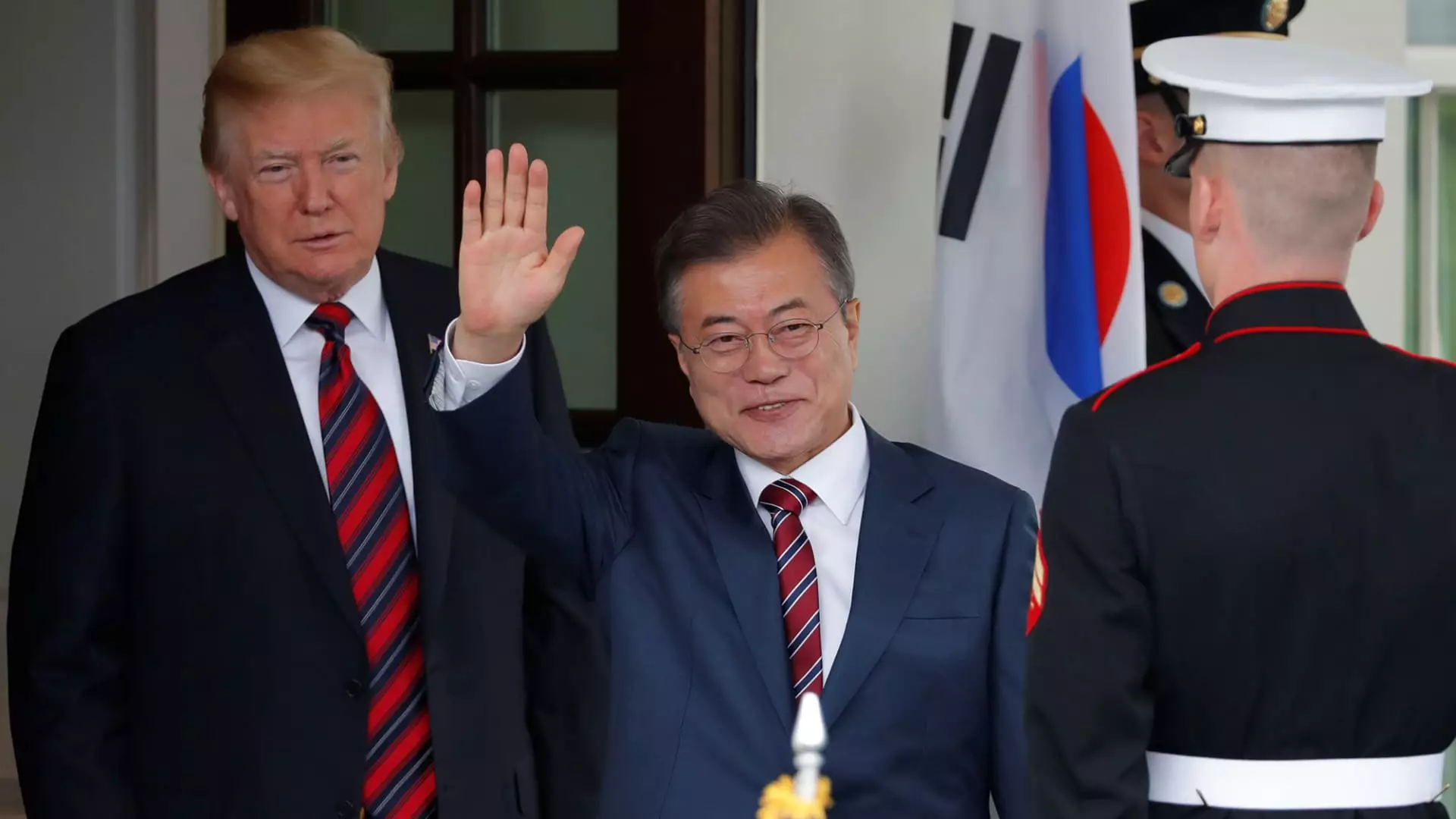The complex dynamics of international trade and automotive manufacturing are currently at a crossroads as President Donald Trump threatens to escalate tariffs on foreign automakers. Specifically, the implications of these potential tariffs loom heavily over the automotive landscapes of South Korea and Japan, two countries that have substantial footholds in the U.S. auto market. Both nations have historically led the way in vehicle exports, but the threats from Washington could significantly alter this balance, questioning the stability and future growth of the American automotive sector.
Asian Influence in the American Auto Market
In 2024, the East Asian countries produced a combined 16.8% of vehicles sold in the United States, with South Korea contributing a remarkable 8.6% and Japan 8.2%. This robust representation places South Korea and Japan among the largest vehicle importers into the U.S. after Mexico, which accounted for 16.2% of U.S. auto revenues. While Mexico operates under a relatively stable tariff regime, South Korea and Japan currently face significantly less scrutiny, with Japan’s vehicles burdened by only a 2.5% import tariff. This differential creates a delicate balance of competition among automakers operating in the U.S., where significant changes to tariffs may lead to disrupted markets.
The rise of South Korea as a prominent vehicle exporter is noteworthy. The country overtook both Japan and Canada in the rankings for the largest export of new cars to the U.S. in the past year alone. This shift suggests a growing competitiveness from South Korean manufacturers, such as Hyundai, whose direct sales have surged in connection with those lower tariffs. Automakers like General Motors (GM) are also deeply integrated into the South Korean manufacturing ecosystem, having increased their imports from the region substantially over recent years.
Despite previous trade agreements aimed at fostering harmony between U.S. and South Korean trade relations, the possibility of new tariffs remains a key concern. President Trump has signaled intentions to impose additional levies that may significantly impact the cost structure for these automotive brands, potentially leading them to increase vehicle prices in the U.S. market. The additional costs could deter purchasing behaviors among consumers, leading to reduced sales and elevating existing tensions between American companies and their foreign counterparts.
Hyundai and GM, in particular, have expressed alarm over how quickly these tariffs could reshape an already evolving industry. As a critical part of GM’s strategy to sell entry-level vehicles, a sudden increase in tariffs could undermine their profit margins, especially if they are unable to adapt rapidly to the newly imposed financial burdens. If the administration follows through with its threats, GM aims to navigate these waters cautiously, leveraging its extensive investments in South Korean manufacturing to maintain competitiveness.
The ripple effects of these tariff changes extend beyond the interests of the automakers themselves. According to Terence Lau, an expert in trade and automotive industries, the automotive sector is fundamentally based on the principles of free trade and global integration. The possibility of raised tariffs could disrupt long-established supply chains and operations, impacting not only the manufacturers but also suppliers and consumers who rely on the affordability and availability of these vehicles.
Experts warn that while minor tariffs may serve as a nuisance, major increases—those hitting 10% or above—could impose a much harsher impact on profit margins and operational viability. The complexities of the automotive supply chain mean that any shifts could take significant time and resource investment to adjust, adding uncertainty to an industry that thrives on predictability and stability.
The Future of Trade and Automotive Policy
As discussions about trade policies continue, industry leaders like Ford’s CEO Jim Farley advocate for a more holistic approach that treats all countries equitably. The emphasis should not rest solely on punitive measures towards specific nations but rather should include a comprehensive evaluation of existing trade agreements and tariffs that foster a fair competitive environment within North America.
As the White House deliberates on future tariffs, the automotive industry stands at a critical juncture. Whether through regulatory measures or adjustments to current trade deals, the forthcoming decisions made by policymakers will undoubtedly shape the trajectory of the automotive market and its response to an increasingly global economy.

Leave a Reply